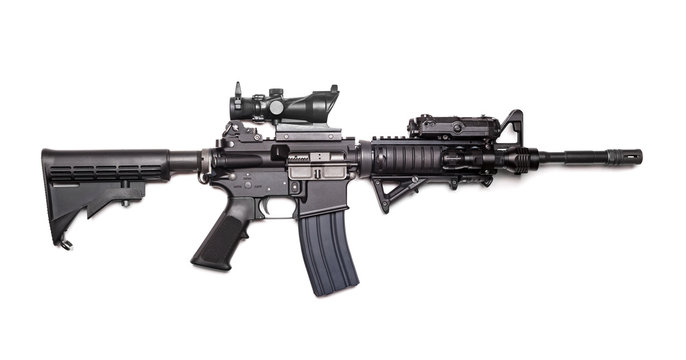
Following more than half a century of loyal service, the M16 series, an American icon of military strength and direct descendant of Eugene Stoner’s innovative AR-15, will be replaced by Sig Sauer’s next-generation XM7 rifle. The M16, first brought into service in 1964, has been the highest-produced 5.56x45mm firearm, a notable page in the book of U.S. military history. The newest version, the M16A4, with its three-round burst capability, will be replaced by the innovative design of the XM7, a reflection of unrelenting small arms superiority.

1. The M16’s Lasting Legacy
For decades, the M16 has been the emblem of American infantry strength. It supplanted the heavier M14 in Vietnam, providing a lighter system with increased ammo capacity. In spite of early reliability problems in Southeast Asia’s steamy jungles, subsequent improvements made the M16 one of the most widely used rifles in the world, inspiring designs in untold numbers of countries around the globe. Its cultural and battlefield presence made it more than a weapon it became an emblem of American soldier identity.
The Army’s choice to replace the M16, the M4 carbine, and the M249 Squad Automatic Weapon (SAW) is the cornerstone of the Next Generation Squad Weapon (NGSW) program. This ambitious program proposes to arm soldiers with rifles and light machine guns that provide greater range, accuracy, and lethality to counter contemporary threats.
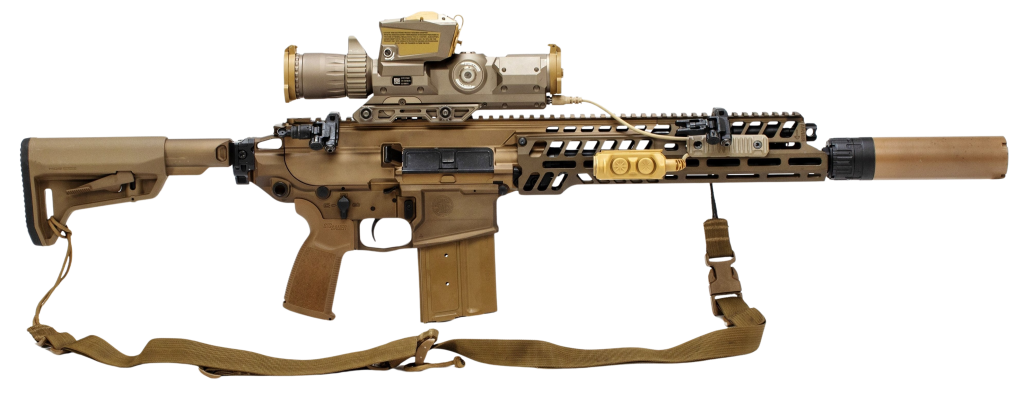
2. Origin of the NGSW Program
NGSW as a program emerged due to an awareness that the enemy was deploying enhanced body armor that could absorb 5.56mm rounds. The U.S. planners needed an advancement in firepower as well as penetration, and thus there was a competitive procurement of new platforms and calibers. By rolling into one requirement for both a light machine gun and a rifle, the program aimed at updating the squad-level weaponry for the future generation of battles.
The XM7, formerly called the XM5, has had its name revised because of a naming disagreement with a Colt Industries carbine. Picatinny Arsenal, New Jersey, Army spokesperson explained the name change saying, “As a result, the [Next Generation Squad Weapon] Rifle will now be called the XM/M7.” Its associated light machine gun, keeping the XM250 designation, is chambered in 6.8mm and will replace the iconic M249 SAW.
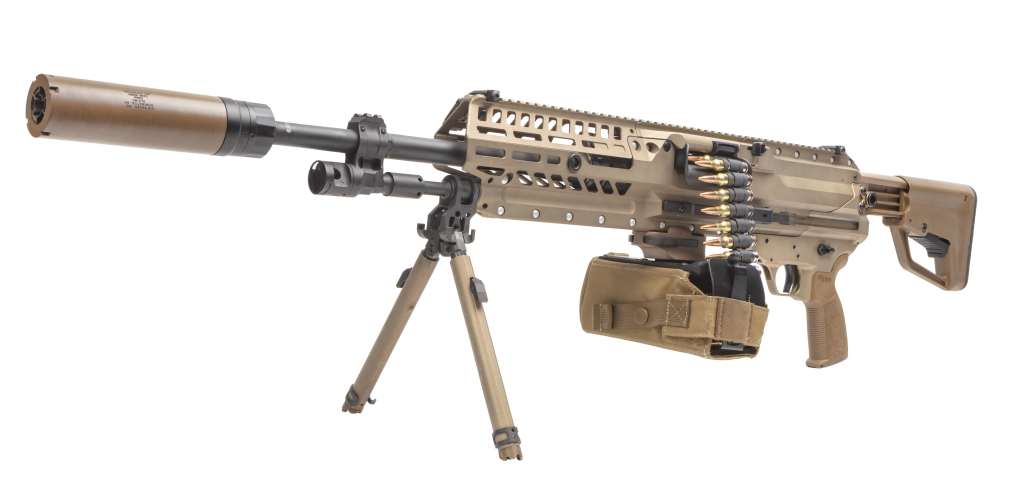
3. A Jump in Ballistic Performance
Sig Sauer’s XM7 and XM250 both shoot the new 6.8mm round, an intermediate-caliber cartridge that attempts to find middle ground between the lighter 5.56mm and heavier 7.62mm. It has been shown through testing that it penetrates newer body armor better while not sacrificing accuracy at longer ranges. This caliber change is not incremental it is a generational infantry firepower shift, aimed at overmatching peer threats on future battlegrounds.
Sig Sauer’s XM7 and XM250 deliver a significant step-up in capability over their forebears, both chambered to fire a standard 6.8mm round delivering enhanced performance against today’s and tomorrow’s threats. The new cartridge, an intermediate caliber, is more accurate and powerful than the 5.56mm and 7.62mm, particularly at long ranges a key consideration in contemporary battlespace where enemies have upgraded their body armor.
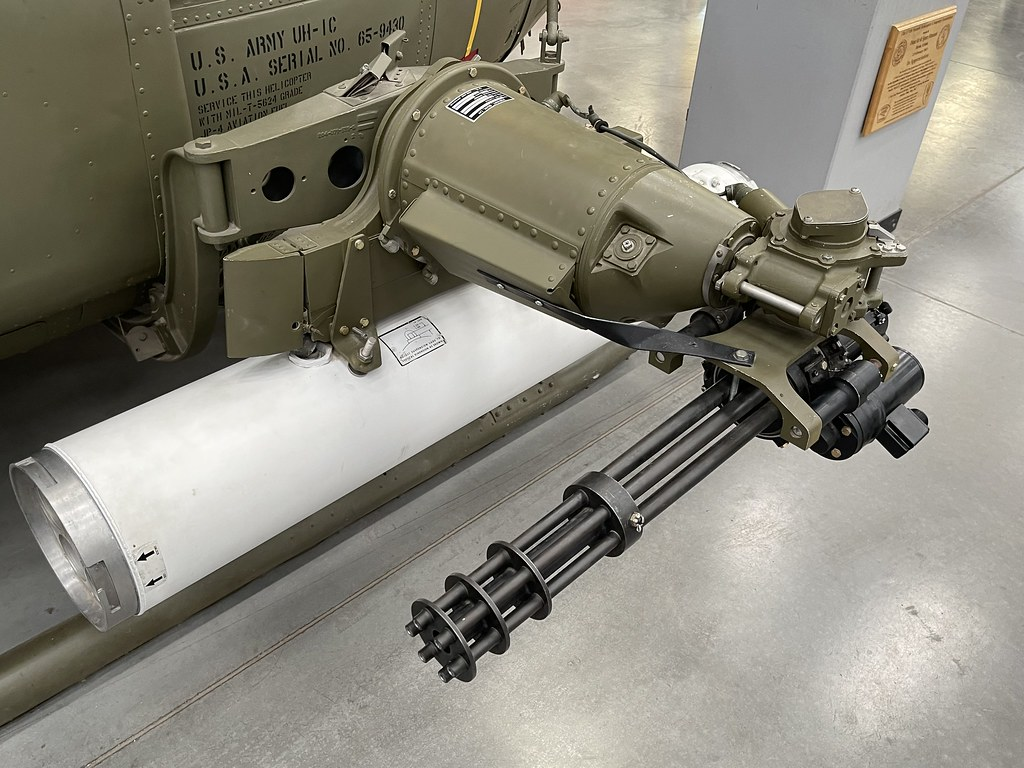
4. Technological Integration with Fire Control Systems
The integration of the XM157 Fire Control optic is a sharp break from the past rifle optics. With laser rangefinding, ballistic calculation, and digital networking, it turns the XM7 into a component of a broader battlefield information network. Troops can now hit targets more precisely and at greater distances, filling the gap between conventional infantry weapons and precision-guided munitions.

The XM7 and XM250 are to be fielded later this year under a 10-year, $20.4 million contract originally awarded to Sig Sauer. Sig Sauer, already contracted for the M17 9mm pistol that is replacing the Beretta M9, will now become a major supplier of small arms to the U.S. Army’s close combat troops, and possibly special operations troops.

5. Industry Competition and Selection
The bidding for the NGSW contract was intense, with top defense companies such as Textron Systems and General Dynamics offering cutting-edge designs. In the end, Sig Sauer entries won based on a combination of technological innovation, production scalability, and proven performance. The win has cemented Sig Sauer as a pillar in American small arms manufacturing.
The procurement process of the above weapons took 27 months of rigorous tests, with other defense contractors in contention for the contract. Sig Sauer’s proposals were ultimately selected for their significant Soldier lethality enhancements. Another upgrade to these weapons is the addition of the XM157 Fire Control optic, which is produced by Vortex Optics subsidiary Sheltered Wings and features a range of advanced technologies that further increase the user’s combat effectiveness.
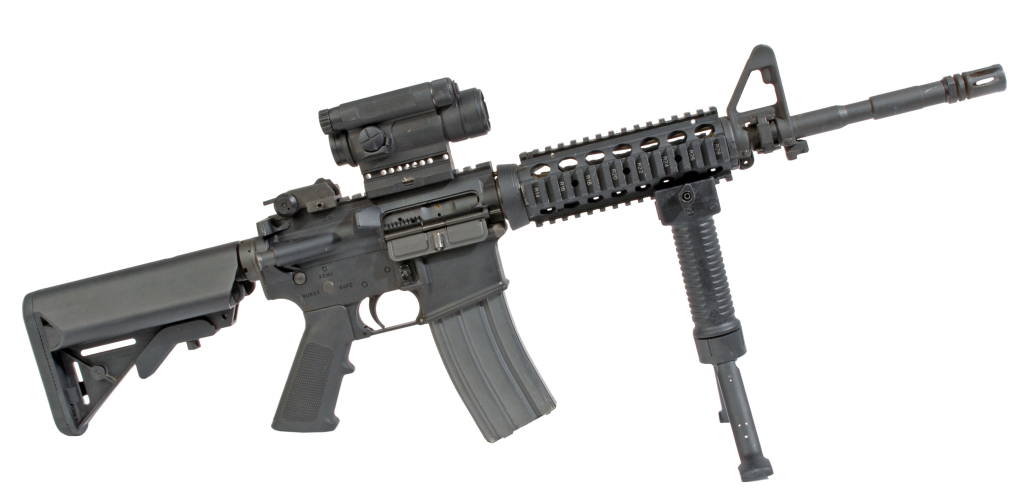
6. Transition and Training Implications
Switching from the M16/M4 family to the XM7 is more than a hardware change it demands new training protocols. Soldiers must adapt to handling heavier weapons, adjusting marksmanship skills to the new ballistics of the 6.8mm round, and leveraging advanced optics effectively. The Army is preparing transition programs to ensure that the leap in technology translates into practical battlefield dominance.
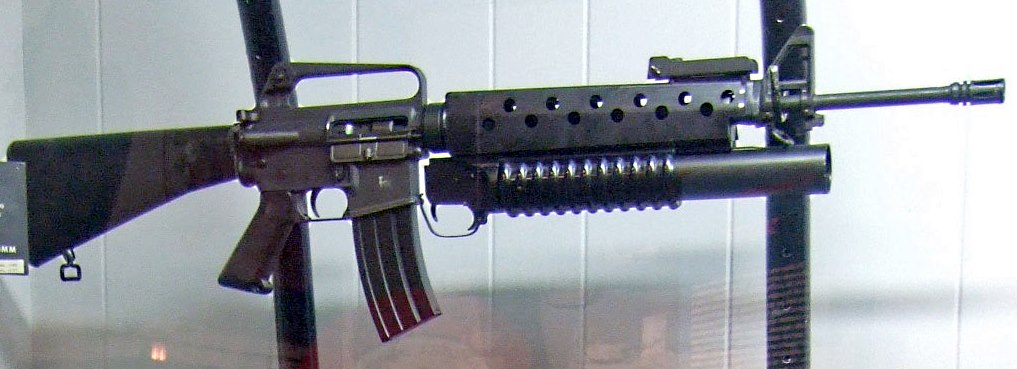
The shift to the XM7 closes out an era on the M16 series, a rifle that has been a mainstay with American troops through several generations. While the M16’s storied history comes to a close, the military community eagerly anticipates the next page in small arms history with the XM7, which will set the new standard for soldier firepower.

7. Closing a Historic Chapter
The phasing out of the M16 series is more than a new weapon being brought in it represents the transitioning of U.S. military doctrine. From Vietnam’s jungle warfare to Iraq and Afghanistan’s urban wars, the rifle has evolved along with the Army’s shifting requirements. Its replacement, the XM7, takes that torch, designed not only to win today’s war but to prepare for tomorrow’s.

